Announcing the 2024 Gulf Ecosystem Initiative working groups and postdoc
The Gulf Ecosystem Initiative (GEI) is a partnership between the National Center for Ecological Analysis and Synthesis (NCEAS) in Santa Barbara, CA and the NOAA RESTORE Science Program to fund synthesis science and postdoctoral research. GEI projects focus on three main areas of research to improve natural resource management in the Gulf of Mexico: fisheries, climate change, and the ecological impacts of management actions.
We are thrilled to announce two new working groups and one postdoctoral researcher who will join our existing GEI cohort in 2024. The groups, led by Dr. Margaret Lamont and Kerry Flaherty-Walia, will work on understanding fish distribution shifts (Lamont) and the impacts of habitat restoration on fisheries (Walia) in the Gulf of Mexico.
Two New Working Groups
A Fishy Mystery
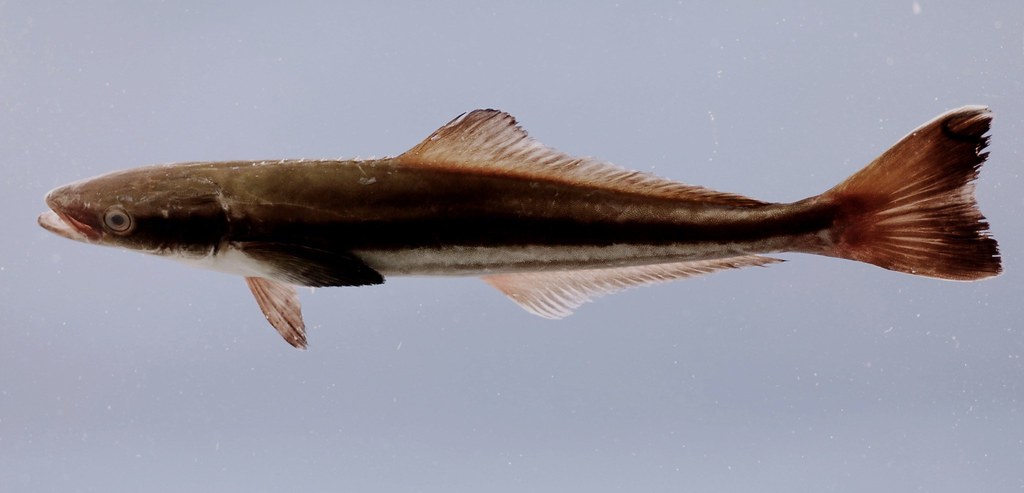
Cobia, also known as lemonfish or ling, are disappearing from Gulf waters off Northwest Florida, despite ongoing management efforts at the regional and state level. Cobia migrate seasonally: tagging studies reveal winter occurrence around southern Florida and a migration to northern Gulf waters in the spring. Cobia can grow up to six feet long and weigh 100 pounds. They are also tasty, making them a favorite of sport and commercial fishers in the Gulf.
“The decline in cobia has affected so many people from managers to local anglers to the many businesspeople in the Northwest Florida region,” said Margaret Lamont, working group lead and research biologist at the US Geological Survey’s Wetland and Aquatic Research Center.
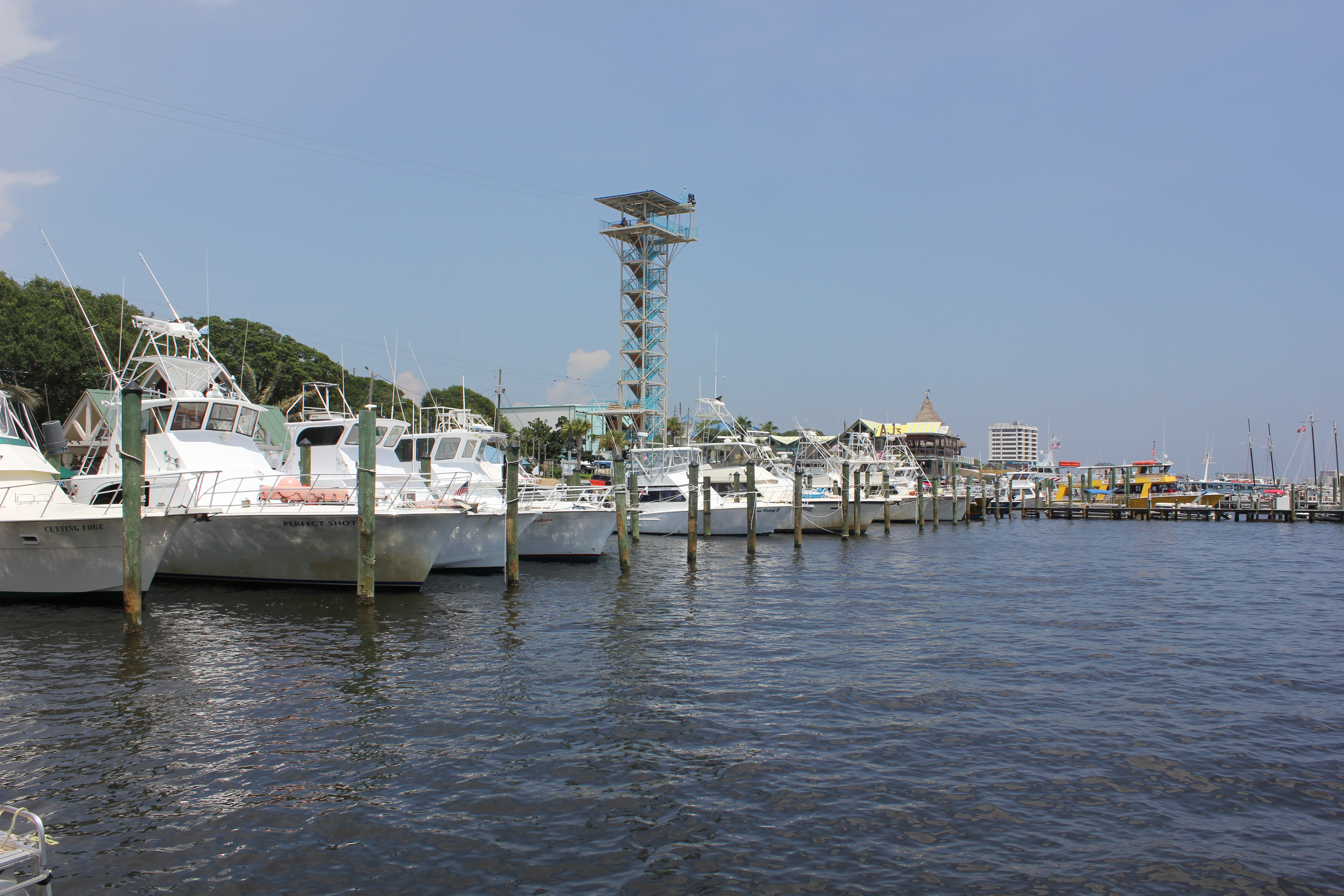
In 2022, resource managers adjusted size and bag limits for cobia in the Gulf of Mexico, but there is a continued need to understand why cobia and other migratory pelagic fish species are disappearing in the first place. This is where Lamont and her colleagues come in. Lamont will guide a working group of other researchers, data analysts, and local stakeholders to figure out whether, as theories suggest, cobia migration patterns are changing. The group will synthesize long-term data describing the distribution of cobia, ocean surface temperature, and other environmental conditions.
“I’m looking forward to starting to solve this Cobia mystery,” said Lamont. “Multiple agencies and researchers have gathered data that could help but they are only effective when examined on a population-level scale. Each dataset is one piece of a larger puzzle which is why we’re so excited that GEI has given us the rare opportunity to bring them all together and hopefully solve the puzzle.”
Restoring fish habitat in Florida’s estuaries
Florida’s estuaries - the intertidal and subtidal habitats situated between salty sea and lush wetlands - are rapidly changing. Climate change, coastal development, and industry all drive changes to these delicate areas, threatening the survival of resident and migratory fish species. Kerry Flaherty Walia has been studying these estuarine fisheries and ecosystems in Florida for nearly 20 years. In her role for the Tampa Bay Estuary Program, she now also works with partners to support habitat restoration.
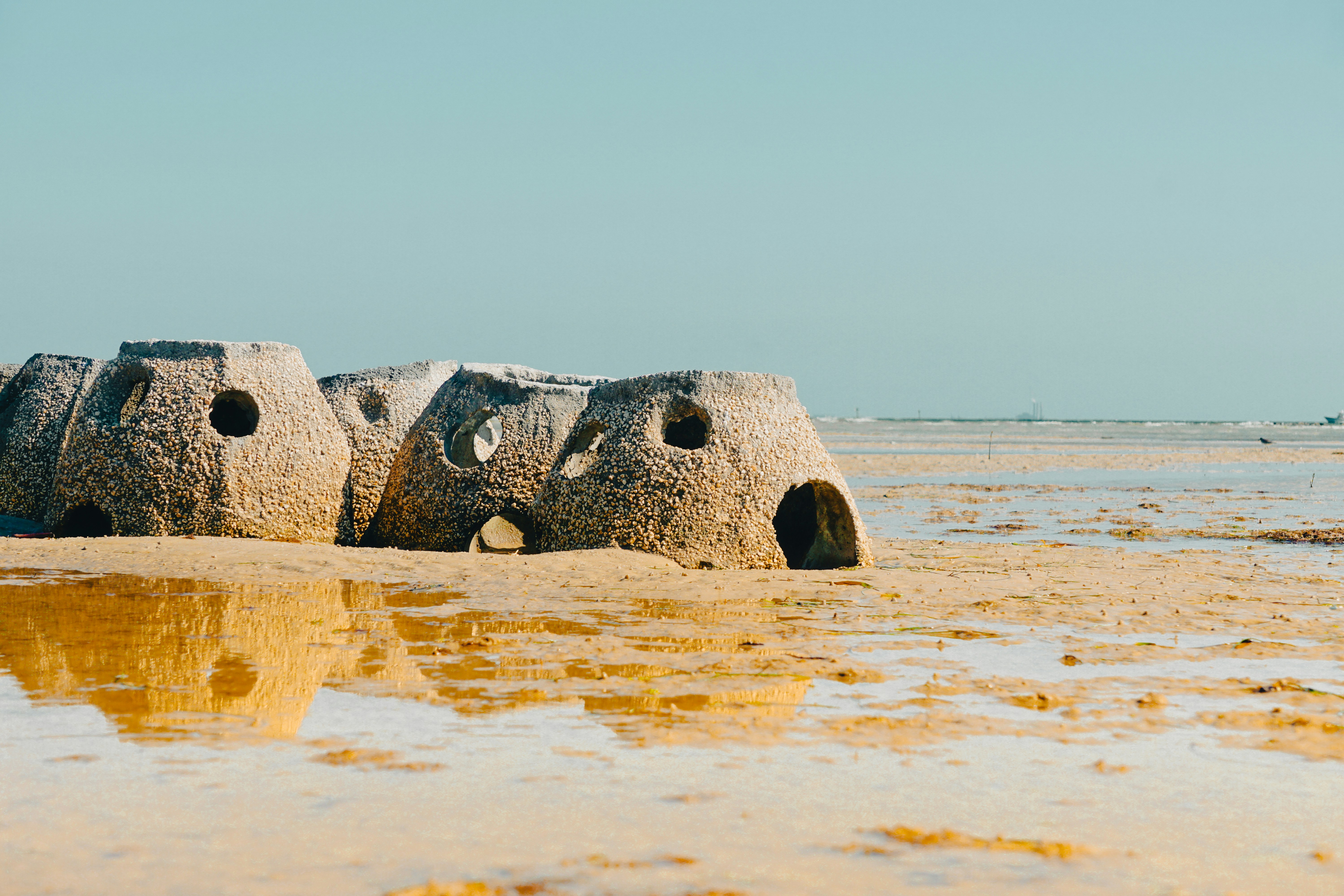
“Successful estuarine restoration for fisheries would ideally rebuild a mosaic of habitats that support the life history requirements of native fish species and are functionally equivalent to what was previously there,” she said. Although significant investment in habitat restoration has occurred in recent years, funds and capacity for monitoring these projects are limited. Walia says she is “keen to ensure that these efforts are evaluated so that their full potential may be realized for the benefit of the fisheries that depend upon them.”
With that goal in mind, Walia and co-leads Dr. Angela Collins (Florida SeaGrant) and Dr. Blake Simmons (Tampa Bay Estuary Program), are spearheading a new GEI working group to uncover how ecological restoration efforts impact fish populations and the fishing industry in and around Florida’s estuaries. The group, which includes experts from fisheries ecology and management, coastal restoration, and human behavior, will examine published research and existing data sources that describe habitat, fish and shellfish populations, the fishing industry, and restoration projects.
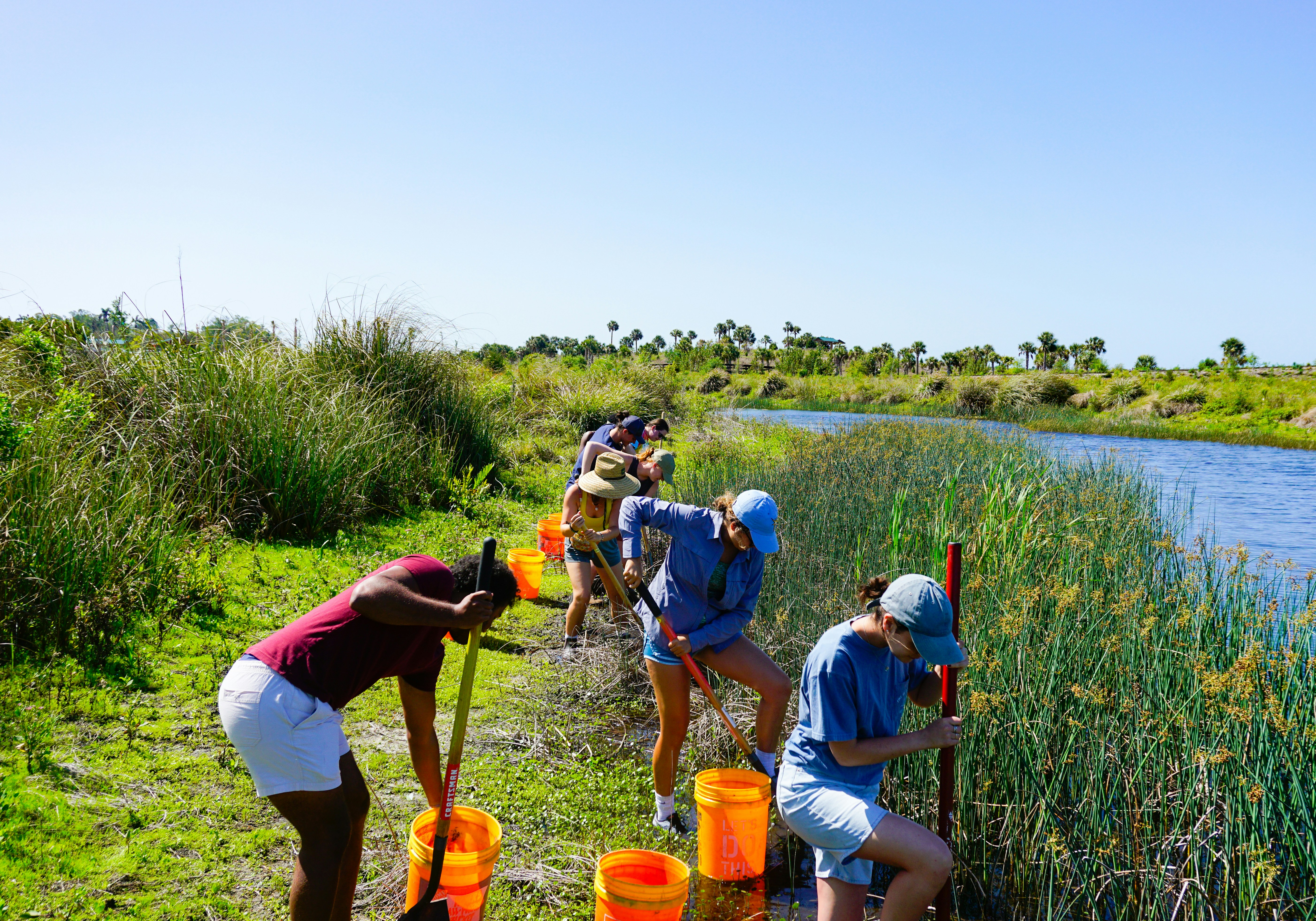
“The goal of this project is to determine if we can use existing long-term data streams to assess restoration effectiveness for fish communities over time,” said Walia. “Through this project, we hope to identify measurable restoration objectives, preferred monitoring methods or datasets to assess estuarine restoration projects in the long-term, and additional data collection needed to assess restoration effectiveness.”
Ultimately, Walia and her colleagues hope their work will support resource managers and scientists who can prioritize restoration projects and monitoring programs in Florida and throughout the Gulf of Mexico.
Postdoctoral research

The rest stop of the Americas
Dr. Liying Li joins the Gulf Ecosystem Initiative as a postdoctoral research fellow. Her PhD research focused on the interconnectedness between water management, agricultural land use, and shorebird conservation in California’s Central Valley. She wanted to understand how shorebird populations might shift with climate change - knowledge that could support conservation in balance with the region’s economic needs.
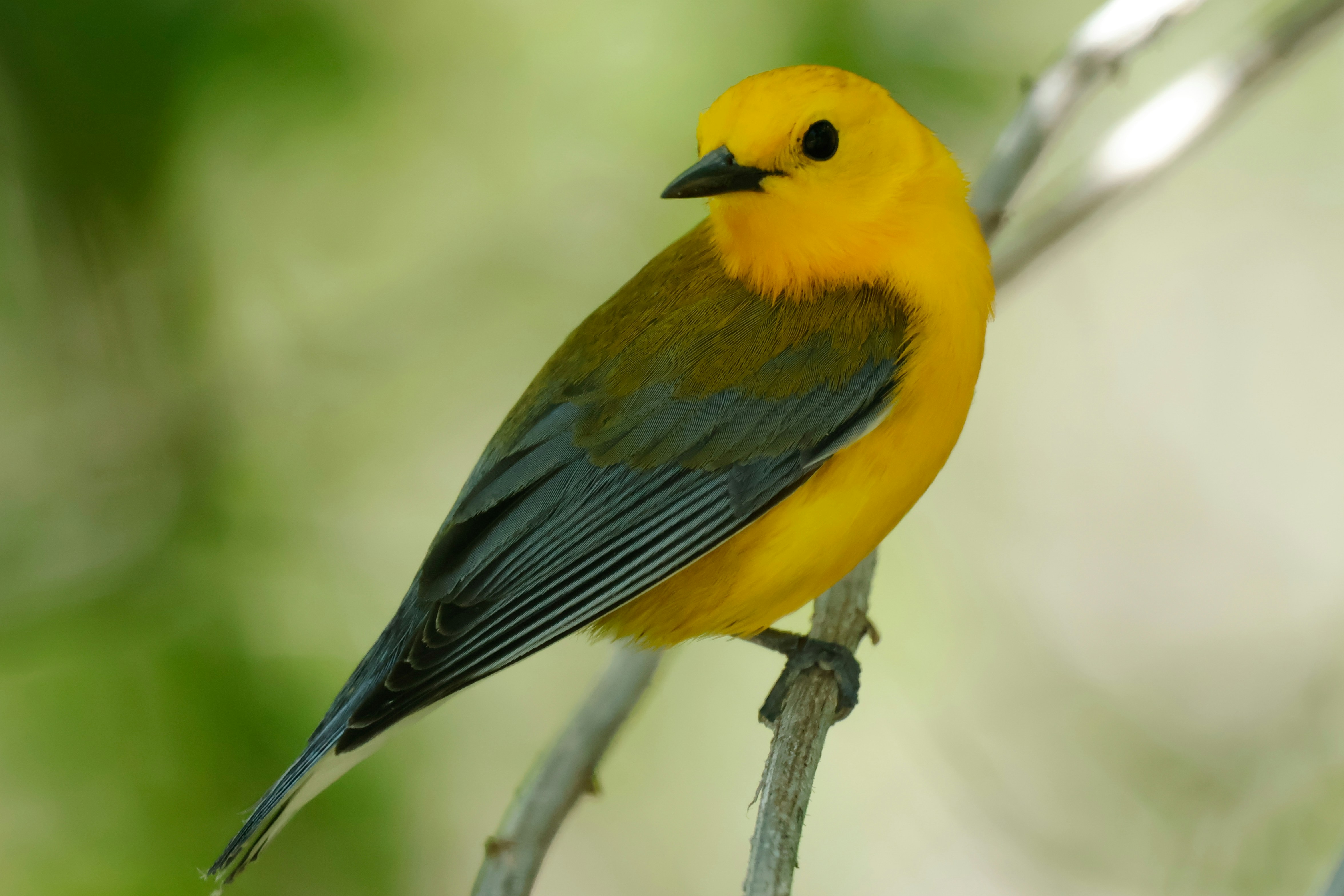
Li now turns her attention to the Gulf of Mexico, an area that is also highly valued for its economic activity and unique habitats. “The Gulf provides critical resting places and energy for birds since it is located in the very heart of the Americas, making it the heart of bird migration between North America and the tropics,” she said. Symptoms of climate change in the Gulf, including sea level rise and more frequent extreme weather events, threaten bird species. Li will use remote sensing and species distribution modeling to estimate the impacts of climate change and other human-caused disturbances to Gulf birds. She hopes that her research will support decisions made about bird conservation and ecosystem restoration in the Gulf.
